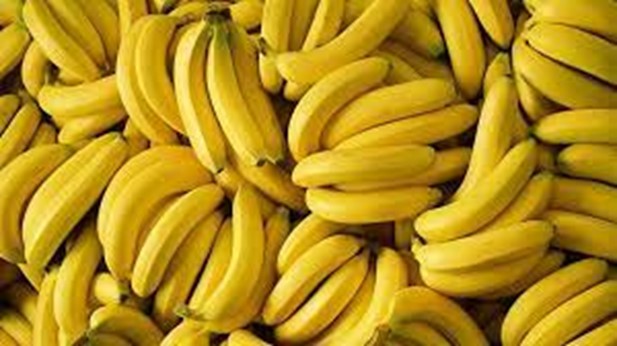A nurse is providing teaching about the Dietary Approaches to Stop Hypertension (DASH) diet to a client who has hypertension. Which of the following instructions should the nurse include?
"Limit sodium intake to 3,200 milligrams per day."
"Consume foods that are high in calcium."
"Consume ten percent of total calories from saturated fat."
"Increase intake of refined carbohydrates."
The Correct Answer is B
The correct answer is choice B. “Consume foods that are high in calcium.”
Choice A rationale:
The DASH diet recommends limiting sodium intake to no more than 2,300 milligrams per day, and ideally to 1,500 milligrams per day for greater blood pressure reduction. Therefore, 3,200 milligrams per day is too high.
Choice B rationale:
Consuming foods high in calcium is part of the DASH diet, which emphasizes the intake of fruits, vegetables, and low-fat dairy products to help lower blood pressure.
Choice C rationale:
The DASH diet advises reducing saturated fat intake to less than 6% of total daily calories. Ten percent is higher than recommended.
Choice D rationale:
The DASH diet encourages the consumption of whole grains and discourages refined carbohydrates, which can contribute to higher blood pressure and other health issues.
: WebMD - DASH Diet Foods for High Blood Pressure
Nursing Test Bank
Naxlex Comprehensive Predictor Exams
Related Questions
Correct Answer is C
Explanation
Choice A rationale:
Cucumbers Cucumbers are not relevant to the client's medication regimen. There is no specific interaction between cucumbers and digoxin or furosemide that would require their consumption or avoidance.
Choice B rationale:
Blueberries Similarly, blueberries do not have any specific interaction with digoxin or furosemide. They are not a necessary or contraindicated food item for this client.
Choice C rationale:
Bananas The nurse should instruct the client to consume bananas. Bananas are a good dietary source of potassium. Furosemide is a loop diuretic that can cause potassium depletion, so it's important for the client to maintain adequate potassium levels. Digoxin can also affect potassium levels, potentially leading to an increased risk of digoxin toxicity if potassium is too low. Including potassium-rich foods like bananas can help mitigate these risks and maintain proper electrolyte balance.

Choice D rationale:
Green beans While green beans are a nutritious vegetable, they do not have a direct relevance to the client's medication regimen. They are not specifically indicated or contraindicated in the context of digoxin and furosemide use.
Correct Answer is B
Explanation
Choice A rationale:
Verapamil is a calcium channel blocker commonly used to treat high blood pressure and angina. It doesn't significantly impact wound healing or increase the risk of wound dehiscence.
Choice B rationale:
Prednisone is a corticosteroid that suppresses the immune system and has anti-inflammatory effects. While it can be crucial for managing postoperative inflammation, its immunosuppressive nature can hinder the normal wound-healing process, increasing the risk of wound dehiscence.
Choice C rationale:
Omeprazole is a proton pump inhibitor that reduces stomach acid production. While it can influence the gastric environment, it doesn't directly impact wound healing or the risk of wound dehiscence.
Choice D rationale:
Zolmitriptan is a medication used to treat migraines. It doesn't interfere with wound healing or increase the risk of wound dehiscence.
Whether you are a student looking to ace your exams or a practicing nurse seeking to enhance your expertise , our nursing education contents will empower you with the confidence and competence to make a difference in the lives of patients and become a respected leader in the healthcare field.
Visit Naxlex, invest in your future and unlock endless possibilities with our unparalleled nursing education contents today
Report Wrong Answer on the Current Question
Do you disagree with the answer? If yes, what is your expected answer? Explain.
Kindly be descriptive with the issue you are facing.
